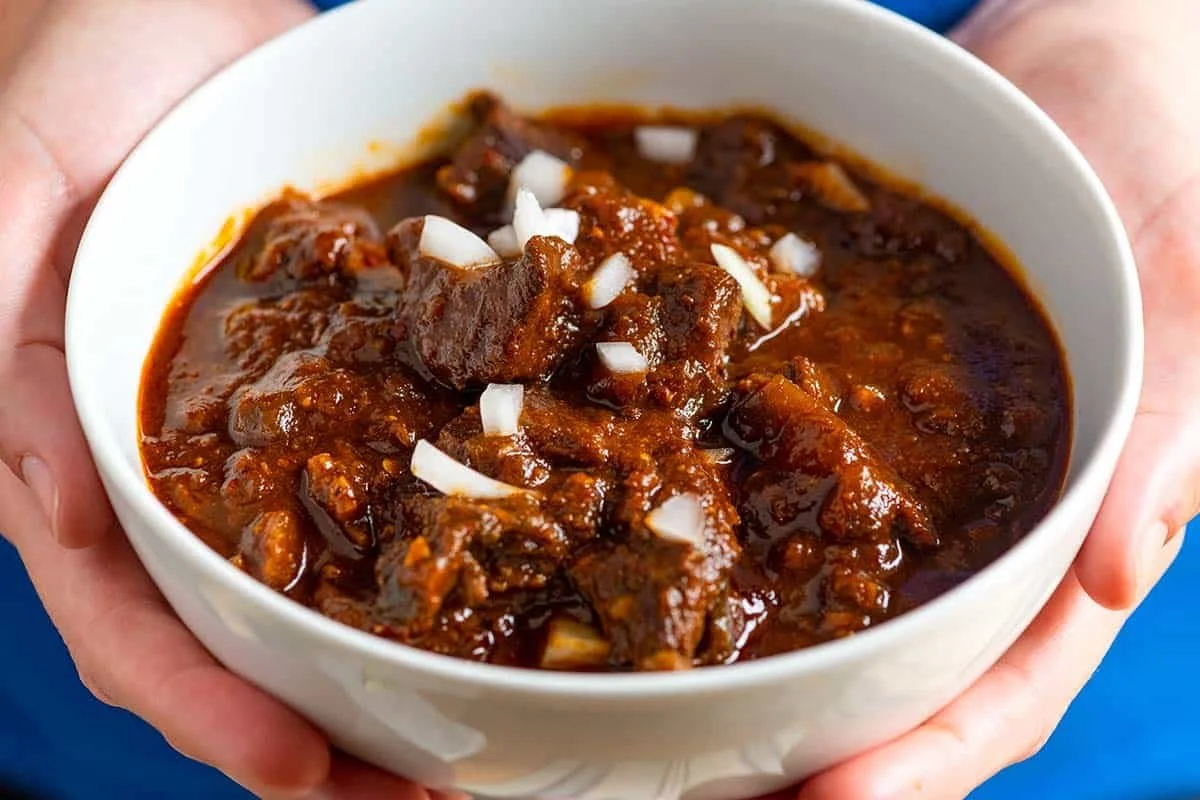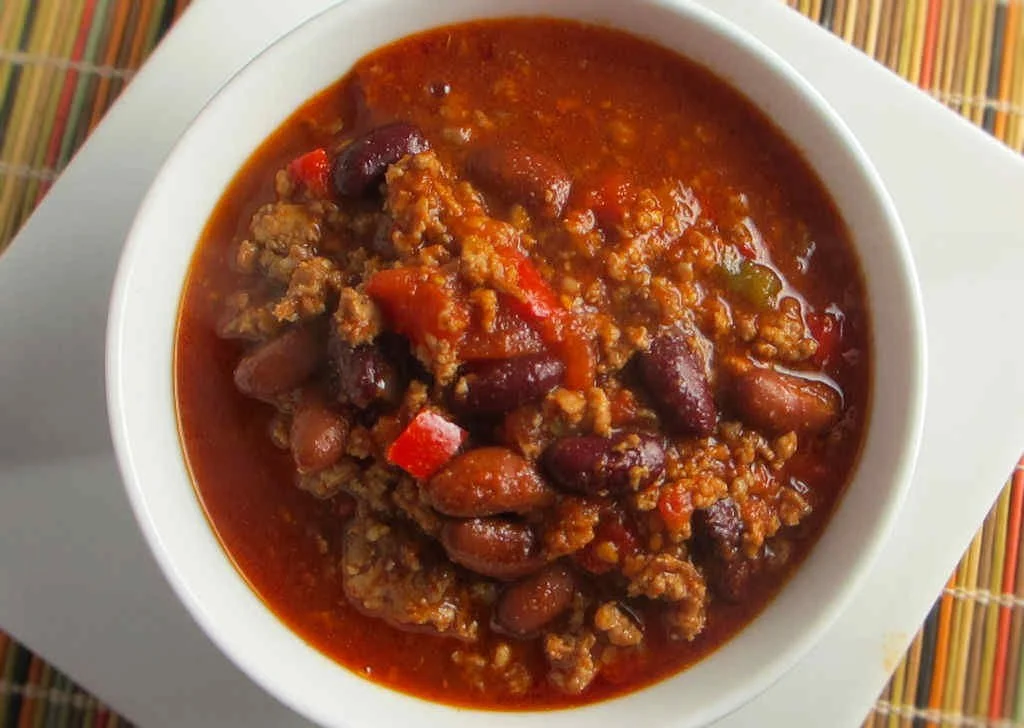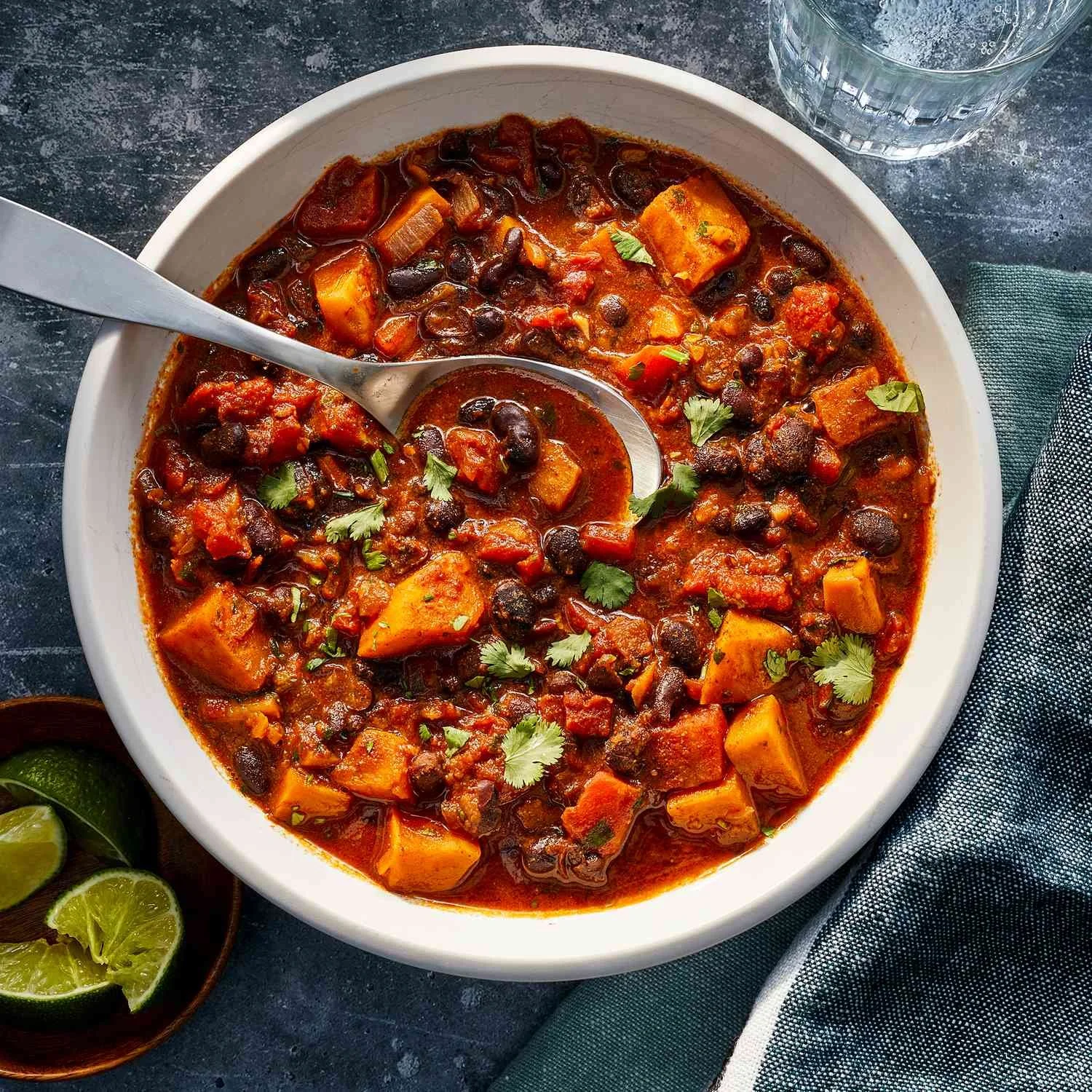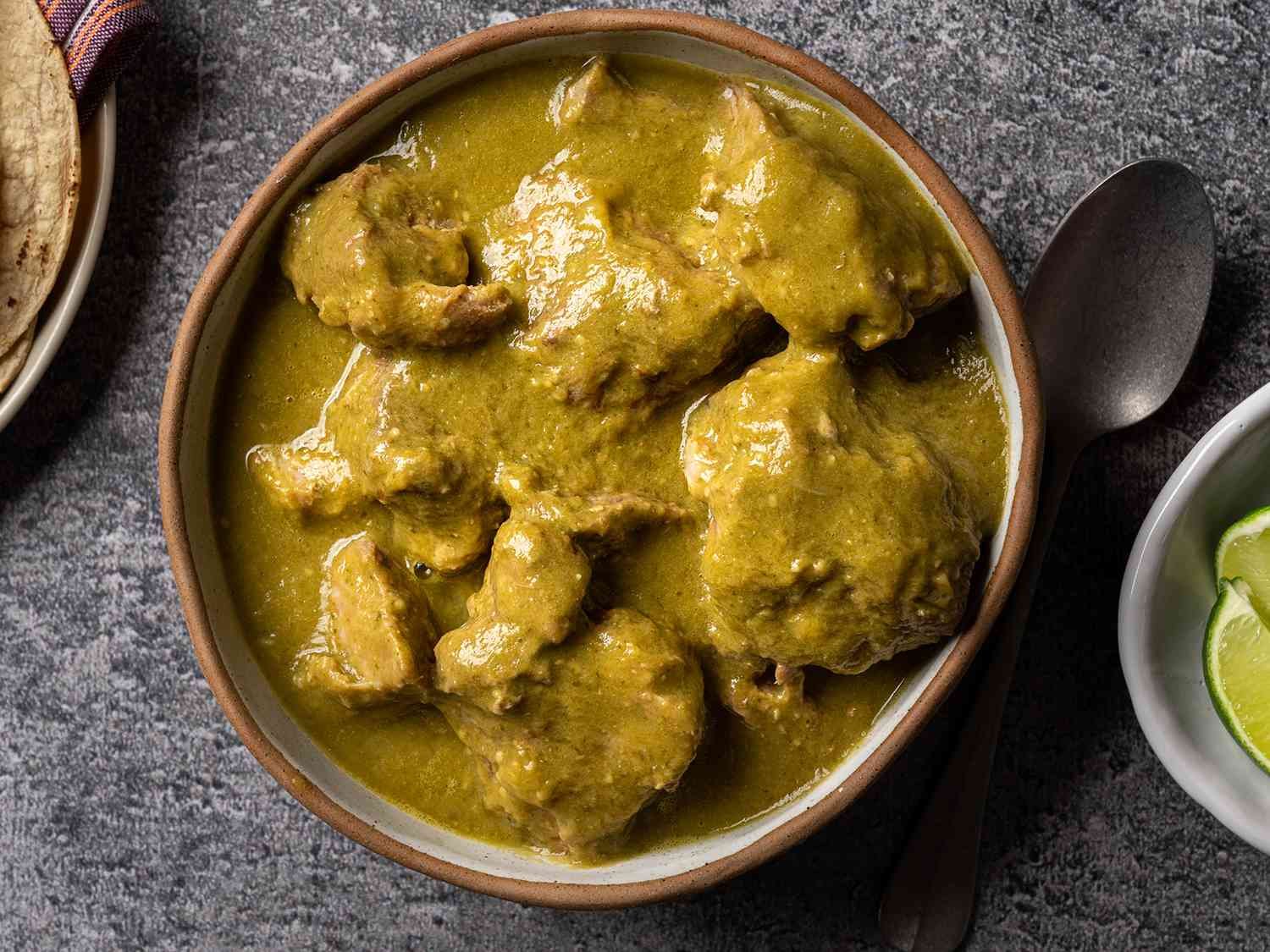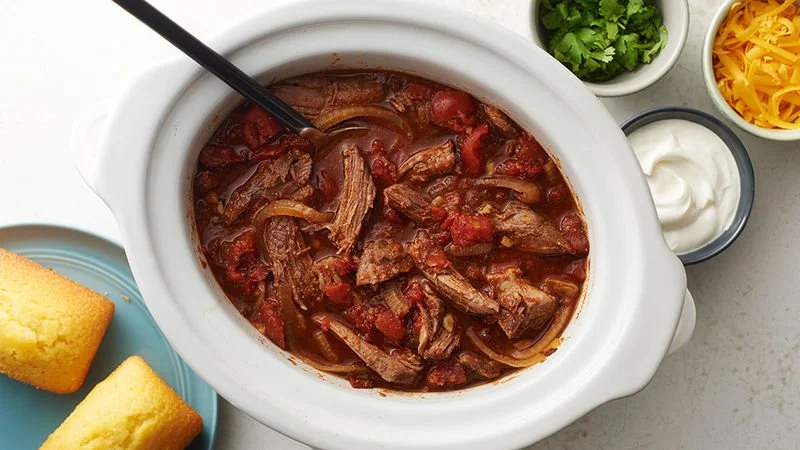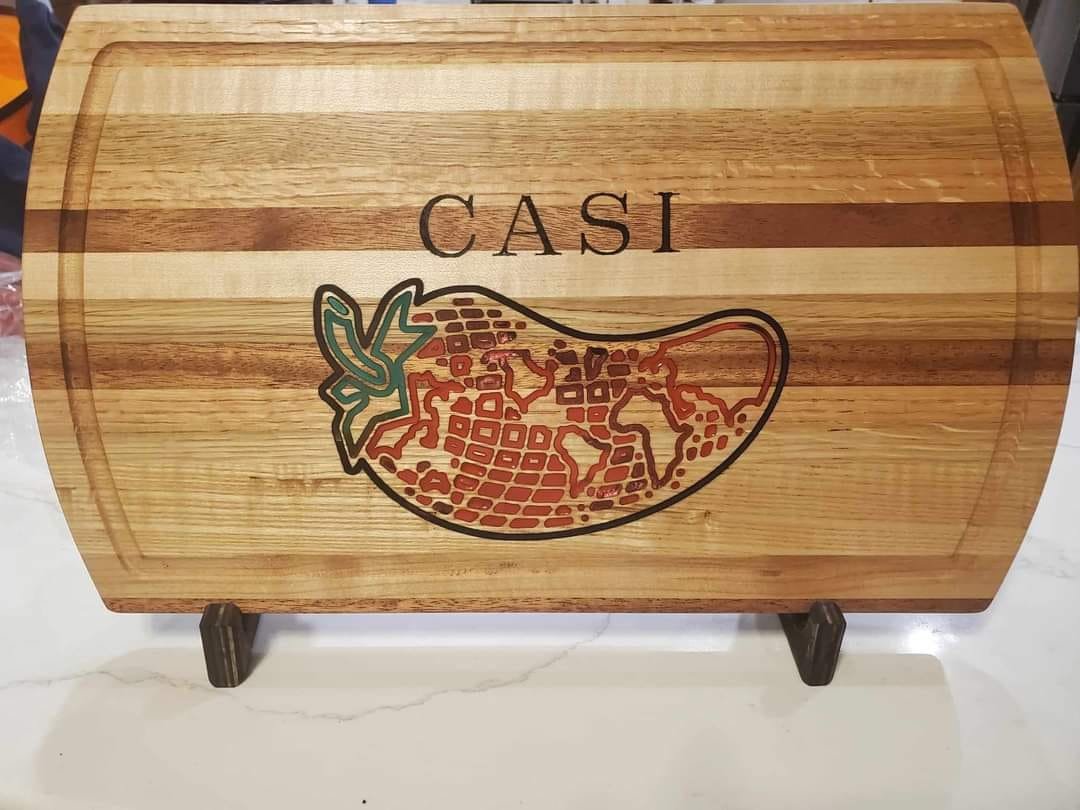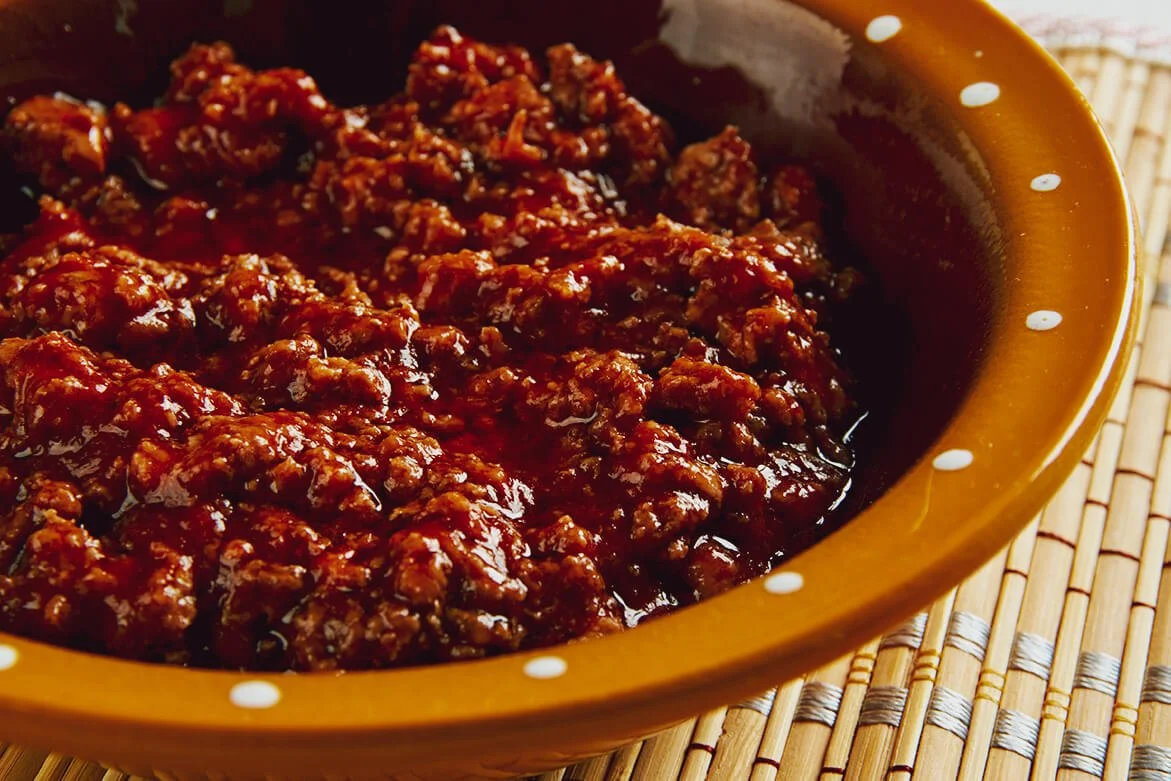Beyond the Bowl: A Journey Through Texas Chili Variations
Discover > Texas Home Cooking > Beyond the Bowl: A Journey Through Texas Chili Variations
Amidst the vast expanse of Texan culture, there's one dish that stands out as a symbol of Texan pride and a testament to the state's rich diversity: chili.
In its various forms and regional variations, chili has not only become a beloved staple of Texan cuisine but also a reflection of the unique tastes, influences, and histories that define different parts of this vast state. Join us on a flavorful journey as we go to explore the diverse, vibrant, and mouthwatering world of Texas chili.
The Origin of Chili
Before we dive into the different chili variations across Texas, it's essential to understand the origins of this iconic dish. Chili's history is deeply rooted in Texan and Mexican culture. The term "chili" is believed to be derived from the Spanish "chile," referring to the spicy peppers that give the dish its distinctive heat.
The earliest forms of chili in Texas can be traced back to the 19th century when Mexican immigrants, cowboys, and settlers brought their culinary traditions with them. Chili was an accessible and hearty meal that could be prepared over an open fire, making it an ideal choice for those working on ranches and cattle drives.
Over time, chili evolved and adapted to the unique tastes and preferences of Texans, giving rise to a multitude of regional variations.
Texas Chili Variations
When it comes to chili in Texas, there's no one-size-fits-all recipe.
Texans take their chili seriously, and it's a culinary canvas that has been painted with countless variations and regional adaptations. Here are just a few notable Texas chili variations:
Traditional Texas Red Chili
Traditional Texas red chili, also known as "bowl of red," is perhaps the most iconic and enduring form of chili in the state. It's characterized by its simplicity: chunks of tender beef, usually cut into small cubes, are slowly simmered in a rich and spicy chili sauce made from chili peppers, garlic, cumin, and other seasonings.
The absence of beans and tomatoes is a point of pride for Texans who hold firm to the belief that real chili should consist of just meat and spices.
Texas Chicken Chili
White chicken chili offers a refreshing departure from the traditional beef-centric chilis. This variation features chicken, white beans, and a creamy broth made with sour cream or heavy cream.
The heat level can vary, with some recipes opting for a milder approach and others spicing it up with jalapeños or green chilies.
Three-Meat Texas Chili
This chili doesn't settle for just one protein; it features a tantalizing trio of beef, pork, and game meats like venison (What wine goes well with venison?). The result is a rich and diverse flavor profile that captures the very essence of Texas in every spoonful.
What sets Three-Meat Texas Chili apart is the clever combination of three meats, each bringing its own distinctive taste and texture to the pot:
Beef: Ground beef is a staple in most chilis and contributes a hearty, savory flavor. It's a classic choice that provides a robust base for the chili.
Pork: Ground pork adds an extra layer of richness and a touch of sweetness to the dish. It complements the beef beautifully, creating a harmonious blend of flavors.
Venison (or Game Meat): The use of venison or other game meats pays homage to Texas's hunting traditions. Venison introduces a wild and slightly gamey note, making this chili truly Texan.
The Flavor Symphony:
The combination of these three meats creates a flavor symphony that's nothing short of spectacular. The beef offers a solid foundation, while the pork adds depth and sweetness. Venison, with its unique and slightly gamier profile, weaves in a touch of the wild. The result is a chili that's rich, savory, and incredibly satisfying.
Vegetarian Texas Chili
Meatless Texas Chili is a testament to the fact that you can enjoy the bold flavors of Texas chili without the need for meat. It's a delicious, nutritious, and family-friendly option that sparks conversations about healthy eating choices. It combines sweet potatoes, beans, and a carefully selected array of spices to deliver a chili that's not only rich in taste but also nutritious for the entire family.
The Star Ingredients:
Sweet Potatoes: These nutrient-packed root vegetables bring natural sweetness and a creamy texture to the chili. They're a great source of vitamins, fiber, and antioxidants, making them an excellent choice for a meatless chili.
Beans: Whether it's black beans (how long do black beans last?), kidney beans (how long do kidney beans last?), pinto beans (how long does pinto beans last?), or a combination of all three, beans provide a satisfying source of plant-based protein and dietary fiber.
Smoked Chili
This is a chili where smoked meats (What wine goes well with smoked meats?), often in the form of smoked brisket, play a starring role, adding a dimension of smokiness that elevates the dish to a Texan heaven.
What sets Smoked Chili apart is the infusion of smoky flavors. Smoked meats, most notably smoked brisket, are slow-cooked to tender perfection. The smoky notes from the meat mingle with the rich chili spices and ingredients, creating a complex and deeply satisfying flavor profile.
Smoked brisket, in particular, is a Texan favorite. Its rich marbling and smoky exterior provide a robust and meaty texture that pairs beautifully with the chili's heartiness. Whether it's beef, pork, or other smoked meats, they all contribute to making Smoked Chili a carnivore's delight.
Chili Verde
Chili Verde is a testament to the rich culinary diversity of South Texas. It's a dish that celebrates the bounty of green ingredients and the art of slow cooking. The fusion of green chilies, tomatillos, and tender pork creates a zesty and vibrant flavor experience that's beloved by many.
At the heart of Chili Verde is the use of fresh green ingredients. Green chilies, often Anaheim or Hatch, provide a mild to moderate heat and a distinctive pepper flavor. Tomatillos, with their papery husks and tart flesh, contribute a zesty and citrusy note that sets Chili Verde apart from its red counterparts.
Frito Pie
In the great state of Texas, where comfort food reigns supreme, there's a beloved classic known as Frito Pie. This Texan favorite is a heartwarming dish that embodies simplicity and indulgence in one delightful package. It all starts with a bed of crunchy Fritos (how long do fritos last?) corn chips (how long do corn chips last?), and then the magic happens as chili is generously ladled over them. This comforting creation is typically topped with a generous sprinkling of cheese, diced onions, and a dollop of sour cream.
This recipe is a classic version of Frito pie with crispy corn chips, topped off with spicy beef chili, onion, cheese, and sour cream.
Wild Game Chili
Inspired by the state's rich hunting culture, this variation of chili features game meats like venison, wild boar, or elk, creating a hearty and robust flavor profile that captures the essence of the Texan wilderness.
Wild Game Chili stands apart from its more traditional counterparts through the use of game meats. Venison, the meat of deer, is a common choice, but the Texan wilderness offers a variety of options, including wild boar and elk. These meats bring a unique, slightly gamy flavor to the chili, adding depth and character to each spoonful.
Slow Cooker Texas Chili
A convenient version prepared in a slow cooker, allowing for long, low-temperature cooking to enhance flavors.
Each of these variations represents the diverse and ever-evolving culinary landscape of Texas. Whether you prefer it mild or scorching hot, with or without beans, meaty or vegetarian, there's a Texas chili variation to suit every palate.
Cultural Influences on Texas Chili
Texas chili is more than just a dish; it's a flavorful journey through the cultural influences that have shaped the Lone Star State's culinary landscape. This article delves into the diverse tapestry of Texan chili variations, highlighting the rich contributions of various cultures, including Mexican, Native American, and more.
Mexican Influence
Mexican culinary traditions have left an indelible mark on Texas chili. The use of chili peppers, cumin, and other spices in chili recipes finds its roots in Mexican cuisine. The Tex-Mex style, characterized by the combination of Texan and Mexican flavors, gives rise to dishes like chili con carne, which includes meat, chili peppers, and various seasonings. This fusion has led to the creation of some of the most iconic chili variations.
Native American Influence
Before European settlers arrived, Native American tribes in Texas had their own versions of chili-like stews. They used indigenous ingredients like buffalo, venison, and local chili peppers to create hearty, flavorful dishes. Some chili variations in Texas pay homage to these early culinary traditions, incorporating game meats and native chili varieties.
European Influence
European settlers, particularly Germans and Czechs, also influenced Texan cuisine. The addition of meat in chili and the use of spices can be attributed to these early European settlers. They brought their sausage-making skills, which eventually led to the creation of chili with sausage, a popular variation in Texas.
Texan Innovation
As Texas evolved, so did its chili. Innovations in the culinary scene, from chili cook-offs to food festivals, have led to creative chili variations. Cooks and chefs have experimented with ingredients, leading to the development of white chili, green chili, and chili infused with beer, chocolate, or coffee.
Chili Festivals in Texas
Texas takes its chili seriously, and it's not just a matter of taste. Chili has become an integral part of Texan culture and is celebrated with fervor at various chili festivals throughout the state. These events are a testament to the rich history and diverse chili traditions in Texas.
Terlingua International Chili Championship
The Terlingua International Chili Championship, held annually in Terlingua, Texas, is one of the most renowned chili competitions in the state. It draws chili aficionados and competitors from all over the world. This event showcases the best of traditional Texas red chili and other chili variations, and attendees can sample an astonishing array of chili recipes.
Dates: November 1-4, 2023
Website: https://abowlofred.com
Chili Appreciation Society International (CASI) Chili Cook-offs
The Chili Appreciation Society International (CASI) hosts chili cook-offs throughout the state, providing a platform for both amateur and professional chili cooks to showcase their talents. CASI competitions cover a wide range of chili styles, including traditional Texas red, chili con carne, and more.
Website: https://www.casichili.net
Chili Queens of San Antonio Festival
San Antonio, with its unique chili culture, hosts the Chili Queens of San Antonio Festival. This event pays homage to the historic chili vendors who used to sell their flavorful concoctions on the streets of the city. Today, the festival is a lively celebration of the city's chili heritage, featuring a variety of chili styles and family-friendly activities.
The Cultural Significance of Chili in Texas
Chili isn't just a food in Texas; it's a symbol of Texan identity and cultural pride. It reflects the state's rugged, independent spirit and its diverse culinary heritage. Chili is more than just sustenance; it's a tradition that brings people together and sparks passionate debates about what makes the perfect bowl.
In fact, chili cook-offs are not just about the food; they're social gatherings where communities come together, share stories, and enjoy the flavors of Texas. It's an opportunity to bond over recipes passed down through generations and to compete for the title of the best chili in town.
Additionally, chili has made its way into Texan folklore and pop culture. It's often featured in Texan-themed movies, books, and songs, further solidifying its status as a cherished symbol of the Lone Star State.
How to Make the Perfect Texas Chili
While the precise ingredients and techniques vary from one chili variation to another, there are a few general principles that can help you create a fantastic bowl of Texas chili:
Start with Quality Meat
Whether you're using beef, pork, or chicken, choose high-quality, well-marbled cuts of meat for the best flavor and texture.
Toast the Spices
Before adding your spices to the pot, toast them in a dry pan. This step helps release the essential oils in the spices, enhancing their flavors.
Slow Cooking
The secret to a truly flavorful chili is slow cooking. Let your chili simmer for a few hours to allow the flavors to meld and the meat to become tender.
Customize to Taste
Chili is a highly customizable dish. Adjust the level of heat, the type of beans, and other ingredients to suit your personal preferences.
Serve with the Right Accompaniments
Consider serving your chili with traditional sides like cornbread, crackers, cheese, or sour cream to balance the heat and add extra texture and flavor.
Conclusion
The journey through Texas chili variations is not just a culinary adventure; it's a voyage into the heart and soul of the Lone Star State. Each variation reflects the unique history, culture, and regional pride of Texas. Whether you prefer the bold simplicity of West Texas chili, the heartiness of cowboy chili, or the complex flavors of traditional Texas red chili, there's something for every chili enthusiast in this vast and diverse state.
As you explore the rich tapestry of chili styles in Texas, you'll not only discover the incredible diversity of flavors but also experience the warm hospitality, passion, and pride that Texans have for their iconic dish. So, whether you're attending a chili festival, participating in a cook-off, or simply savoring a bowl of your favorite Texas chili at home, remember that chili is more than just a dish—it's a piece of Texan history and a celebration of the state's vibrant culture.



